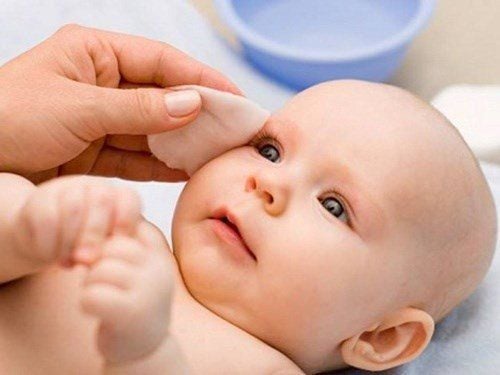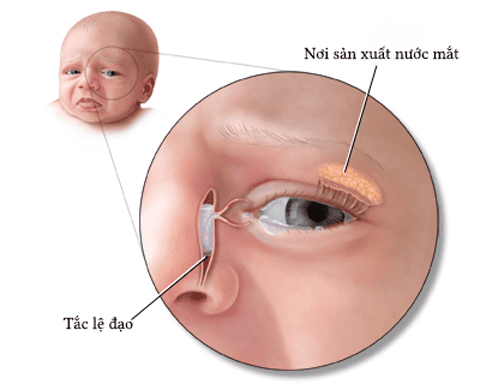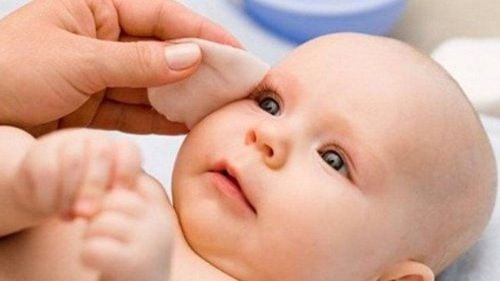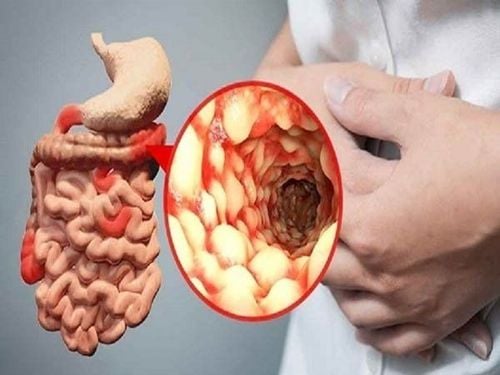This is an automatically translated article.
The article was written by Doctor Ngo Van Dan - Department of Neonatology - Vinmec Times City International Hospital.In children whose obstruction does not improve on its own, or in adult cases with lacrimal occlusion, the physician will intervene by conventional methods.
1. What is the religious practice technique?
An instrument will be used to dilate the lacrimal site before the catheter is inserted through the lacrimal point. The stick will be threaded down to the nose and then withdrawn. Then, the lacrimal canal will be flushed with physiological saline to flush out the stagnation causing stuffiness. For cases where the canal is blocked due to inflammation or scar tissue, the doctor will use a small tube to thread it into the lacrimal canal down to the lacrimal canal, inflate the balloon so that the balloon at the tip of the tube bulges out to widen the narrow spot. , then discharge the ball. This procedure requires general anesthesia.
2.Indications and contraindications?
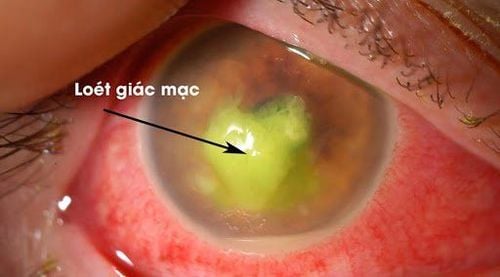
Routine pumping should only be done when the baby is 6 months old or older. If there is superinfection, a lot of mucus and pus in the lacrimal sac, it may be indicated earlier, but should not be done before 2 months of age because of the high risk of complications. Late (after 1 year of age) success rate decreases. It is possible to reopen a second time if it is blocked again, but it must be at least 2 weeks apart from the first time. If after 3 times of correct technique but does not heal, the child may have a deformity of the lacrimal duct, requiring surgery. It is necessary to take the child to the doctor for a proper assessment of the condition and appropriate treatment.
Indications for lacrimal irrigation Prepare before surgery with intervention in the eye such as cataract, glaucoma. Some cases of corneal ulcer treatment. Cases of suspected lacrimal stenosis. Before conducting religious practices. Indications for drainage practices Cases of tearing or pus due to narrowing of the lacrimal duct, obstruction of the transverse lacrimal duct or the lacrimal duct.
Contraindications : lacrimal sac abscess
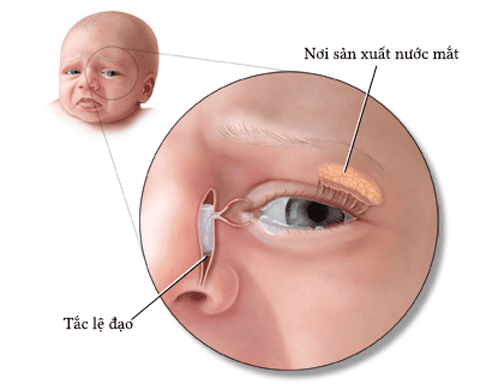
3.Notes when performing the technique
Performer: Trained ophthalmologist and nurse.
Patient : Need to be explained about the purpose of surgery, if it is a child, the parents will be explained.
Perform the technique:
The patient lies supine on the table. If you are a child, you need someone to take care of you. Apply local anesthetic 2-3 times, 1-2 minutes apart each time. The operator stands at the patient's head. Lacrimal pump:
How to: Usually pump water into the lower lacrimal duct. With one hand, pull the lower eyelid skin down and out to fix the eyelashes and tear points. With the other hand holding the syringe, insert the needle perpendicularly from the top down through the tear point 1mm. Rotate the syringe 900 into the transverse lacrimal gland, parallel to the eyelid margin to the lacrimal sac, when touching the bone wall, move back 1mm and slowly inject water.
Result:
The water in the mouth proves the passage of tears. The water must be pumped vigorously to enter the mouth or the water just poured into the mouth and overflowed, indicating that the lacrimal canal is open but narrow. Water overflowing in place is a blockage in the lower lacrimal canal. Water overflows into the upper lacrimal duct: some blockage from the neck of the lacrimal sac downwards to the lacrimal duct. When there is a lot of pus in the moral law, it is necessary to wash it before proceeding with the religious practice.
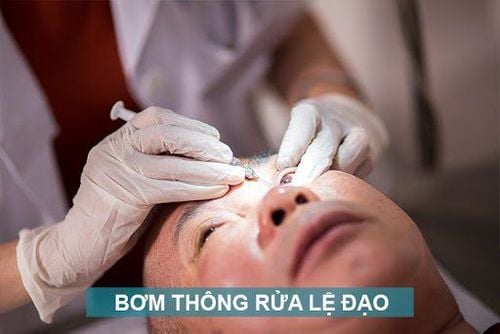
Daoist practice:
Tear point: use one hand to pull the skin of the eyelid to reveal the tear point. In case the percentage is too small, methylene blue or red medicine can be used to make detection easier. With the other hand, hold the sharp-pointed dilator and put it at the tear point perpendicular to the eyelid margin, when the dilator is in 1mm, rotate the dilator 90 degrees so that it is parallel to the lash line and push inward while pushing and rotating the dilator to dilate. wide point ratio. When the rod can't be inserted anymore, pull out the dilator. The practice of transverse trachea: use a dilator to expand the lacrimal point. Insert the catheter into the lacrimal point 1mm and then into the transverse lacrimal gland after rotating 90 degrees until the tip of the catheter touches the lacrimal sac and bone wall. When the cannula passes through the tight spot, rotate the cane and push it slowly in. Nasal lacrimal duct catheterization: use a dilator to widen the tear point. Insert the catheter into the 1mm tear point perpendicular to the eyelid margin, then rotate the cannula 90 degrees and continue to push the catheter parallel to the eyelid margin. If it is difficult to push the cannula, it is necessary to stretch the eyelid skin to the outside so that the transverse tear duct is straight, the catheter will be easier to enter. When the tip of the cannula touches the bone wall (the rod is about 1 - 1.5cm), rotate the cannula upward at an angle of 90 degrees and then slowly push it down in the direction of the lacrimal duct (when pushing the tip of the catheter always touch into the bone wall). Pull out the catheter, pump the lacrimal water to check. If it is not clear, the interval between the two passages is at least 1 week.
4.Monitor and manage complications

Bleeding Bleeding from the nose or tear points caused by the tip of the catheter scratching the lacrimal mucosa or nasal mucosa. Use your finger or a cotton ball to gently press on the lacrimal area for a while until the bleeding stops.
The catheter goes the wrong way How to handle bleeding complications, if there is a lot of edema, you can apply pressure and use anti-edema drugs.
Pediatrics department at Vinmec International General Hospital is the address for receiving and examining diseases that infants and young children are susceptible to: viral fever, bacterial fever, otitis media, pneumonia in children, .... With modern equipment, sterile space, minimizing the impact as well as the risk of disease spread. Along with that is the dedication from the doctors with professional experience with pediatric patients, making the examination no longer a concern of the parents.
Please dial HOTLINE for more information or register for an appointment HERE. Download MyVinmec app to make appointments faster and to manage your bookings easily.






